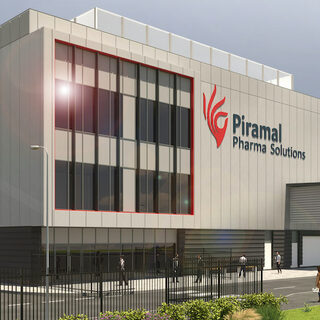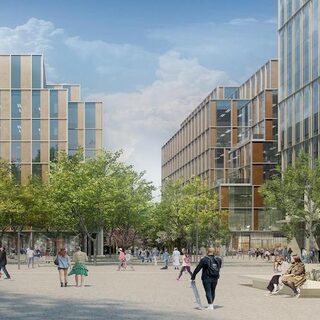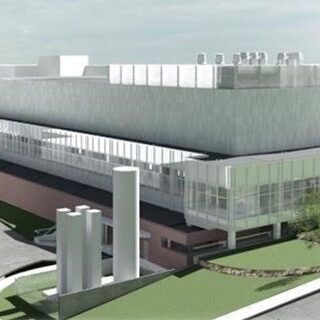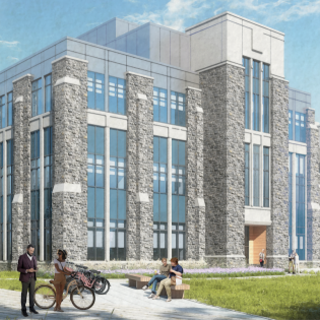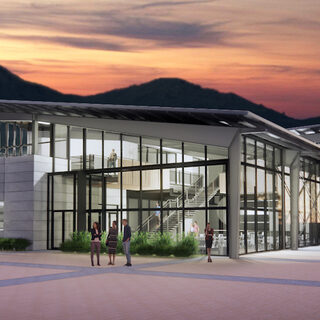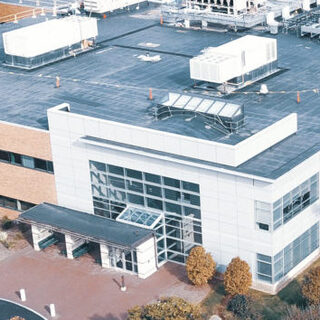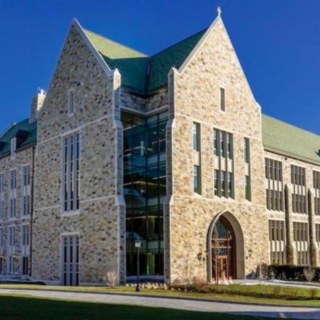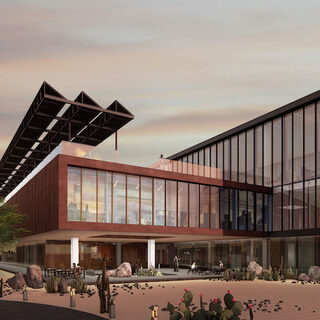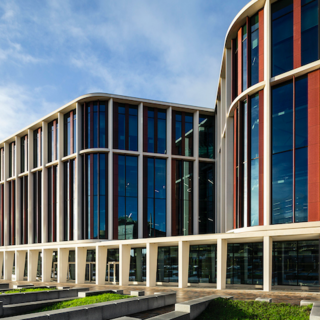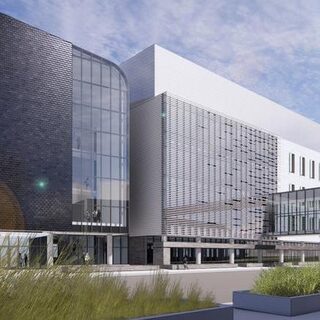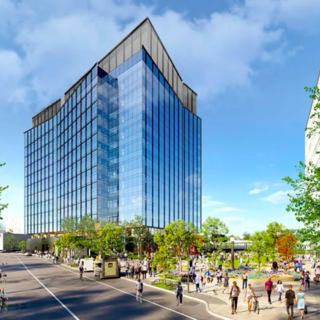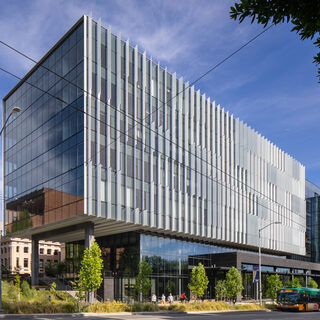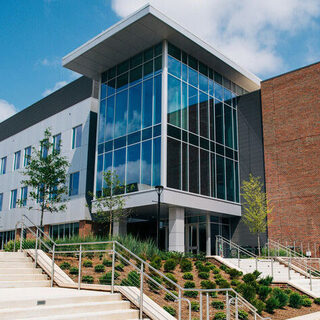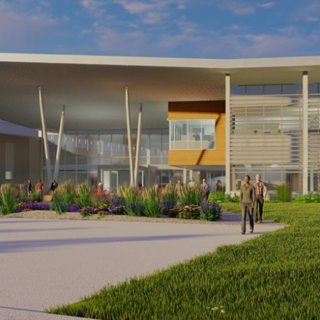Piramal Pharma Selects Merit's FlexiPOD Platform for Antibody Drug Conjugate Facility
Piramal Pharma Solutions broke ground in February of 2022 on a £45 million antibody drug conjugate (ADC) facility in Grangemouth, Scotland. Accommodating both manufacturing and aseptic fill/finish operations, the structure will provide additional capacity for the creation of targeted cancer treatments and other innovative therapies. Representing an expansion of Piramal's existing ADC campus, the project is being delivered by Merit using its FlexiPOD V4.0 platform.

